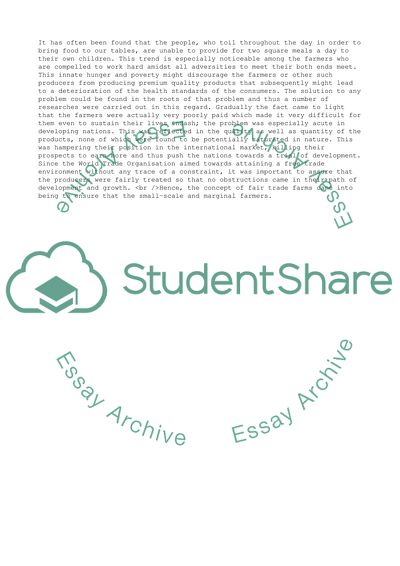Cite this document
(“World Trade Organizations regulatory regime Essay”, n.d.)
Retrieved from https://studentshare.org/business/1560352-world-trade-organizations-regulatory-regime
Retrieved from https://studentshare.org/business/1560352-world-trade-organizations-regulatory-regime
(World Trade Organizations Regulatory Regime Essay)
https://studentshare.org/business/1560352-world-trade-organizations-regulatory-regime.
https://studentshare.org/business/1560352-world-trade-organizations-regulatory-regime.
“World Trade Organizations Regulatory Regime Essay”, n.d. https://studentshare.org/business/1560352-world-trade-organizations-regulatory-regime.


